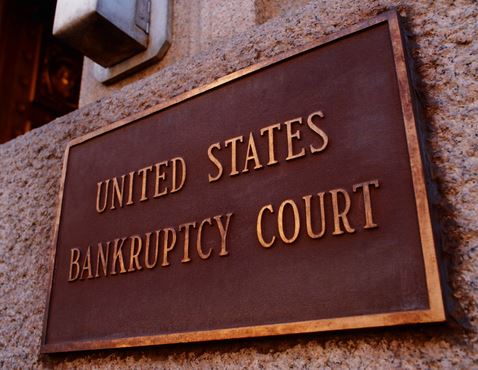Bankruptcy is a term we use to define a business or person when they cannot pay back their debts. In other words, they have defaulted. This is a legal status that a court order initiates. In most cases, the debtor initiates the court order. A debtor is a party that owes money. The creditor, on the other hand, lent the money.
Not only debtors initiate the process, but also creditors who file a petition. After processing the petition, somebody then evaluates and measures the debtor’s assets.
The value of the assets subsequently goes towards reducing the balance of the debts outstanding.
According to USCourts.gov, bankruptcy is a legal procedure designed to address the debt challenges of both individuals and businesses, filed under one of the chapters of Title 11 of the United States Code (USCourts.gov).

During the 2008 financial crisis and the Great Recession that followed, US courts were extremely busy dealing with bankruptcies.
After completing the bankruptcy proceedings, the debtor is no longer responsible for the debt obligations it had before. In other words, the previously bankrupt party has a clean slate.
While bankruptcies might tarnish one’s reputation, they offer distinct advantages. They grant individuals a fresh start and ensure creditors retrieve a portion of their owed funds. Additionally, they can offer relief from the relentless stress of insurmountable debt.
The six types of bankruptcies in the US
According to Title 11 of the United States Code, there are six types of bankruptcies in the US:
Chapter 7: Of all the bankruptcies, Chapter 7 is the quickest form. It involves basic liquidation for individuals and businesses.
Chapter 9: Chapter 9 is a federal mechanism to resolve municipal bankruptcies. In other words, when the municipality goes broke.
Chapter 11: We often refer to Chapter 11 as corporate bankruptcy. It focuses on businesses or people with large debts and assets. Above all, Chapter 11 gives an entity a chance to continue operating. However, the party must follow a debt repayment plan.
Chapter 12: This Chapter focuses on the rehabilitation of family farmers and fishermen.
Chapter 13: We often refer to Chapter 13 as Wage Earner Bankruptcy. It allows people with a regular income to develop a debt repayment plan.
Chapter 15: Chapter 15 focuses on ancillary and other international bankruptcies. This Chapter aims to help foreign debtors clear debts.
The history of bankruptcy
Historians say the concept of bankruptcy and the subsequent consequences trace back to the 13th century. Specifically, in a law included in the Yassa.
The Yassa is a code of law created by Genghis Khan. In the Yassa code, anybody who went bankrupt three times would face the death penalty.
The first ‘Western’ statute dealing with bankruptcies and insolvencies was an Act that the Parliament of England passed in 1542.
Bankruptcy’s social impact
While bankruptcy provides a legal way out of overwhelming debt, it often carries social consequences. Many who declare bankruptcy face societal stigma, viewing it as a personal failure.
This perception can impact mental well-being, strain personal relationships, and even influence future financial opportunities.
It is important to remember that bankruptcy is a financial tool. It is not a moral judgement. Being aware of this can pave the way for healthier conversations about debt and financial literacy.
The term is derived from the Italian words ‘banca rotta.’ ‘Banca rotta’ means ‘broken bench’ or ‘broken bank.’
Bankruptcy vs. insolvency
Bankruptcies are not always the same as insolvencies. In some countries, the term may only apply to specific entities.
For example, in the UK, the law limits bankruptcies just to people. In the US, on the other hand, the term has a broader meaning.
In fact, Americans use the term for most forms of insolvency proceedings. Companies in the UK enter into liquidation and administration.
